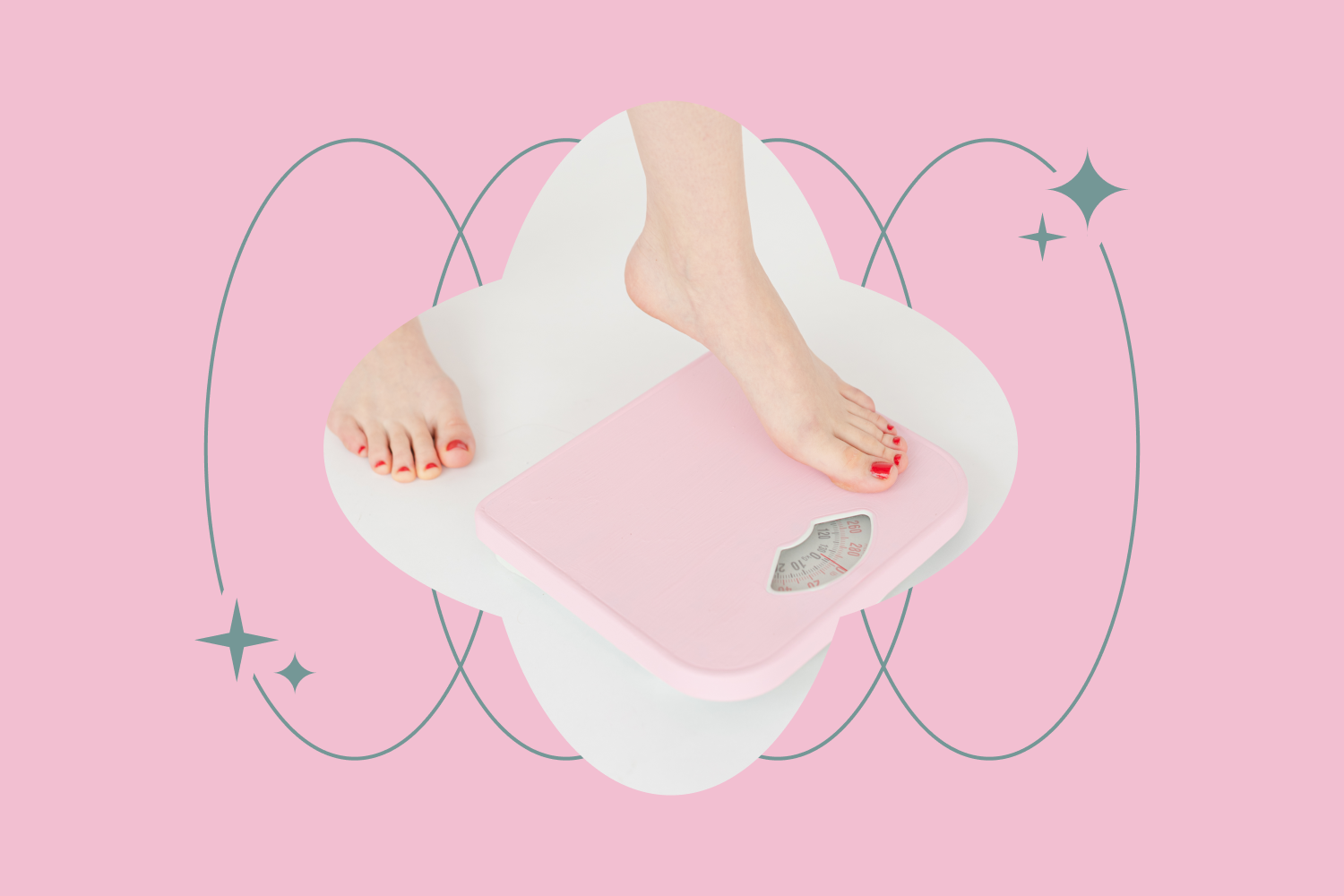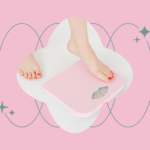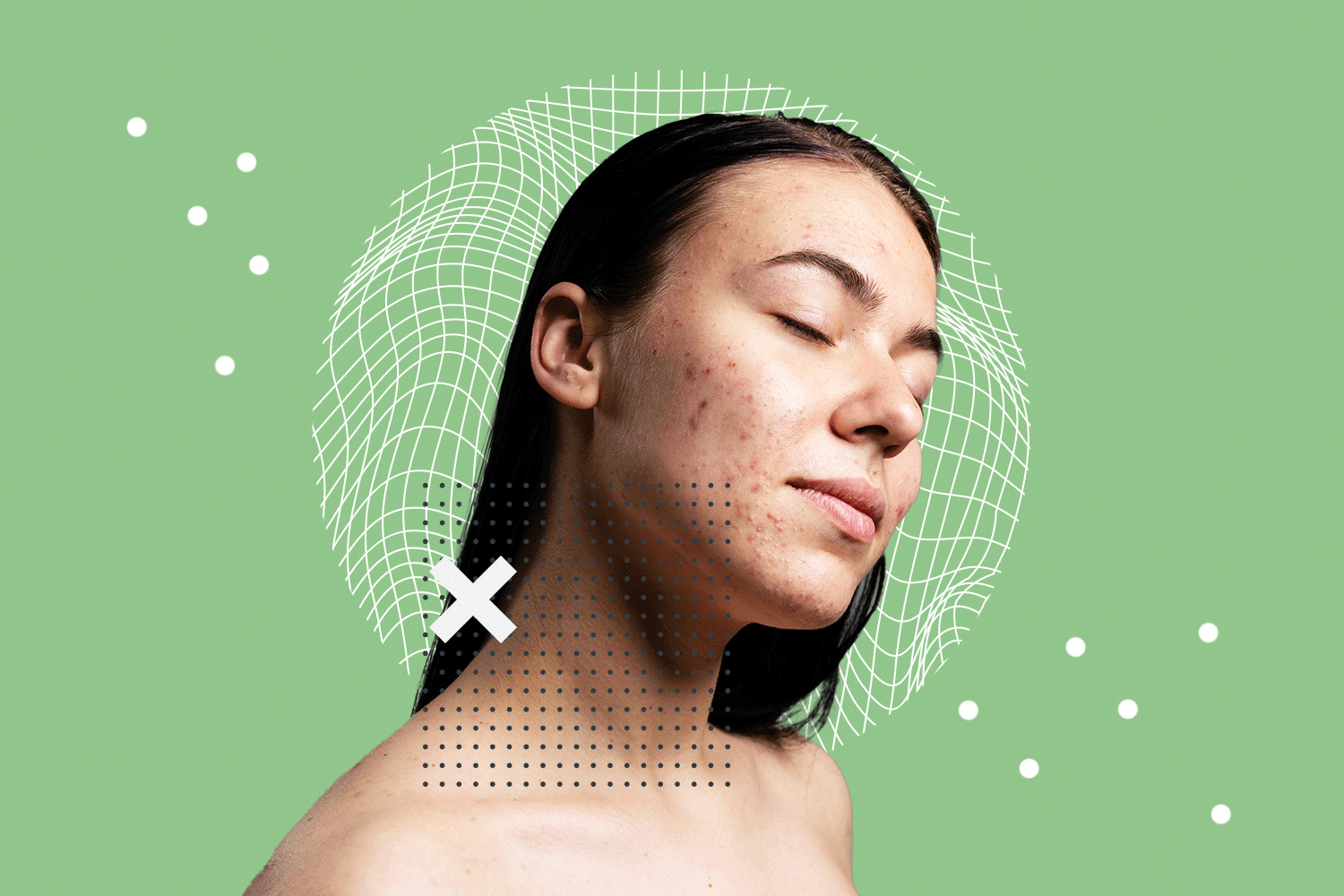Signs of PCOS You Need to Know
You might have heard about PCOS lately, but do you know that 1 out of 10 women actually has it nowadays? Let’s look closer at one of the most widespread causes of infertility.

What’s Behind PCOS Acronym
Polycystic ovary syndrome (PCOS) is a condition, caused by hormonal imbalance.
What hormones are involved?
Androgens are often referred to as “male hormones”. However, they are also produced in female bodies, just at lower levels. Androgens in women are responsible for sexual arousal and libido and are synthesized in ovaries and adrenal glands. Women with PCOS have high levels of androgen, and it’s the top reason for many inconvenient symptoms of PCOS.
It is a reproductive hormone released by the corpus luteum in the ovary. It plays a crucial role in the menstrual cycles and in maintaining the early stages of pregnancy. PCOS is often associated with lack of progesterone.
This hormone makes our cells absorb glucose (blood sugar) to get energy. With PCOS, the body doesn’t respond to insulin the way it should. As a result, we may have a higher glucose level and more insulin produced in our bodies.
This situation may transit into a chronic Type 2 Diabetes. Having too much insulin can also cause the body to make more androgens.
Symptoms of PCOS
Let’s go through the most common symptoms listed by the PCOS Awareness Association.
1. Irregular Periods
With PCOS your menstrual periods do not seem to follow certain patterns. For example, you may have fewer than eight periods a year, or more than 35 days between periods. Oftentimes, your menstrual bleeding will be abnormally heavy. All of the following menstrual irregularities could be caused by PCOS:
- Amenorrhea (absence of menstruation)
- Oligomenorrhea (frequently missed, irregular periods)
- Menorrhagia (Heavy menstrual bleeding)
- Anovulatory periods (Bleeding but no ovulation)
Mira Fertility Tracker can help better understand you cycles. The hormone data that Mira provides can be extremely useful for people with PCOS. The Mira Analyzer dynamically tracks hormone levels and gives you actual LH levels throughout your cycle. The machine learning AI in our app can learn your cycles and detect the LH surge based on the quantitative hormone levels. Other OPK’s detect ovulation off a static baseline LH, which can cause many false positives. With Mira, you can see your actual hormone levels and curve, and still see your ovulation even your baseline LH is high.
Having a hard time tracking ovulation? Mira takes the guesswork out by measuring your actual fertility hormone concentrations! Sign up today for exclusive Mira content and discounts!
Sign up Now
2. Excess Hair Growth (Hirsutism)
You may find excess hair growth in the following areas: face, arms, back, chest, thumbs, toes, abdomen, upper thighs. Disbalance of androgens is to blame. But remember: facial and body hair could be a sign of PCOS, as well as it could be just your natural unique body feature.
3. Male-pattern Baldness (Hair Loss)
This might sound contradictory to the previous symptoms, but women with PCOS may also experience thinning of hair on their heads. This sign is more likely to reveal in women of middle age.
4. Acne
PCOS affects your skin condition. A lot of women diagnosed with PCOS have severe acne and oily skin. High levels of androgens are the reason again. Such acne is persistent and does not respond well to the usual treatments.
5. Darkened Patches of Skin
You may notice patches of thick, dark, velvety skin along neck creases, in the groin, and underneath breasts. This condition is called acanthosis nigricans.
6. Skin Tags
Skin tags are small excess flaps of skin in the armpits or neck area.
7. Weight Gain
About half of women with PCOS have excess weight or obesity. They experience trouble losing weight, especially around the waist.
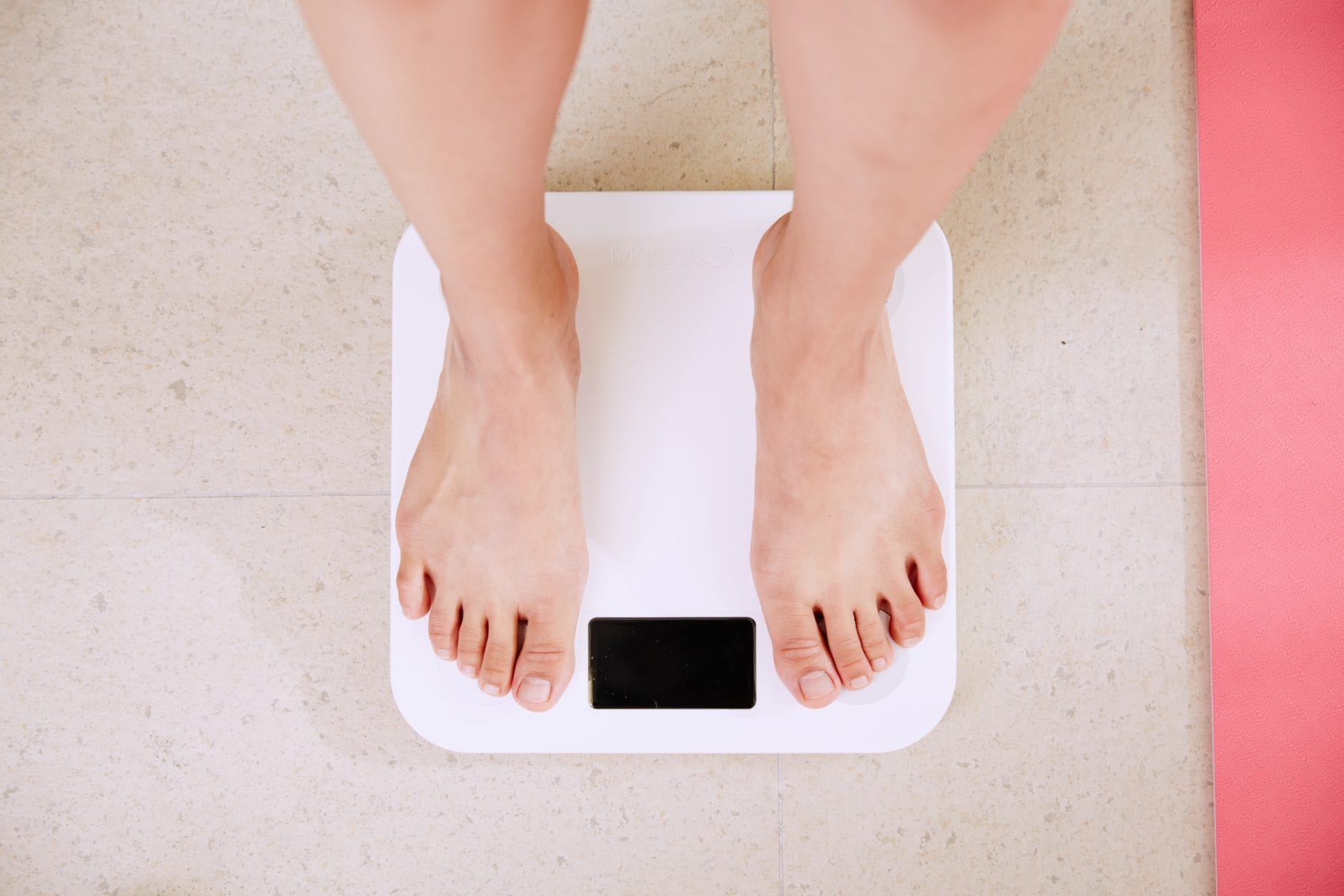
8. Fatigue
PCOS can increase fatigue and be the reason for low energy.
9. Infertility
This is obviously the result of irregular or anovulatory periods (when ovaries do not release eggs). Numbers speak for themselves: polycystic ovary syndrome represents 80% of anovulatory infertility cases. Thus, PCOS is claimed to be the leading cause of infertility.
10. Mood Swings
PCOS enhances the likelihood of mood swings, depression, and anxiety.
11. Pelvic Pain
Unusual pain may happen during menstruation or without it.
12. Headaches and High Blood Pressure
Hormonal changes may also result in these symptoms.
13. Sleep Problems
Women with PCOS often report insomnia and poor sleep. Another condition associated with PCOS is sleep apnea when a person stops breathing for short periods of time during sleep.
14. Polycystic Ovaries
If you have PCOS, your ovaries might be enlarged and contain follicles surrounding the eggs. These follicles are tiny, benign and painless cysts, that may resemble a string of pearls during an ultrasound. As a result, the ovaries might fail to function regularly.
There’s a little misconception: actually not all women with Polycystic ovary syndrome have cysts, as the name suggests. Rather, it is just one of many symptoms and is not necessarily present. Although some women may have cysts developed on their ovaries, many others do not.
Who is at Risk?
PCOS affects about 10 million women in the world. PCOS can happen at any age after puberty.
Women of all races and ethnicities are at risk of PCOS. Your risk of PCOS may be higher if you have obesity or if you have a mother, sister, or aunt with PCOS.
Because many women don’t consider health problems such as oily skin, extra hair growth, or acne to be symptoms of a serious health condition, they often don’t mention these signs to their doctors. As a result, these symptoms get unnoticed, women think it’s just their ‘normal’.
Thus many women are only diagnosed with PCOS when they have trouble getting pregnant or if they have abnormal or missed periods.
If you have a combination of any two of these symptoms you potentially may be at risk of PCOS:
- Irregular periods
- Signs that you have high levels of androgens (excess hair growth, acne, thinning of scalp hair, etc)
- Higher than normal blood levels of androgens
- Multiple cysts on one or both ovaries
It is always a good idea to check with your doctor if you have any suspicions or doubts.
How is PCOS Diagnosed?
There is no single test for PCOS. To help diagnose PCOS and rule out other causes of your symptoms, your doctor may talk to you about your medical history and do a physical exam and various tests:
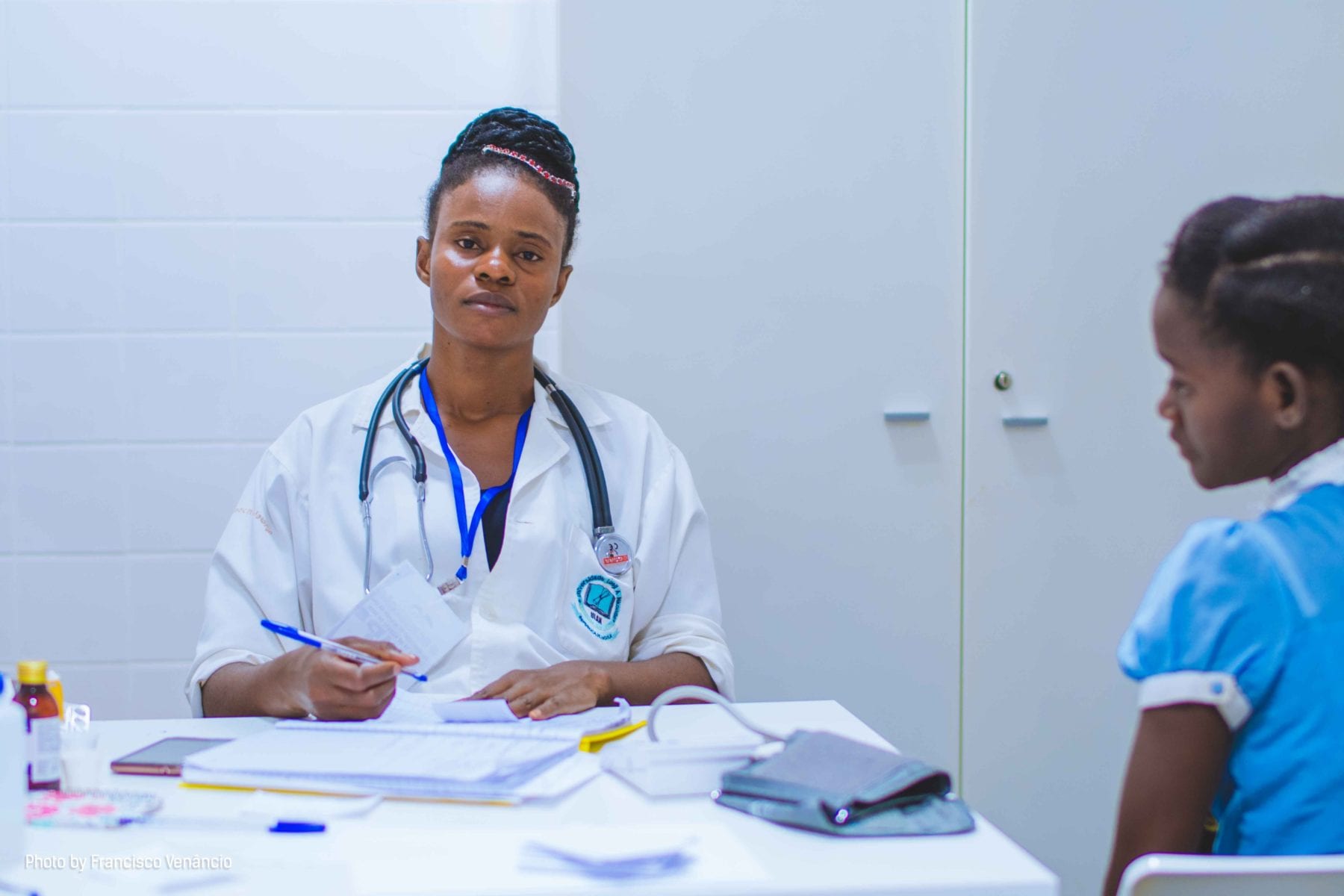
Physical Exam
Your doctor will measure your blood pressure, body mass index (BMI), and waist size. They will also look at your skin for extra hair on your face, chest or back, acne, or skin discoloration. Your doctor may look for any hair loss or signs of other health conditions (such as an enlarged thyroid gland).
Pelvic Exam
Your doctor may do a pelvic exam for signs of extra male hormones (for example, an enlarged clitoris) and check to see if your ovaries are enlarged or swollen.
Pelvic Ultrasound (Sonogram)
This test uses sound waves to examine your ovaries for cysts and check the endometrium (lining of the uterus).
Blood Tests
Blood tests check your androgen hormone levels. Your doctor will also check other hormones (sometimes PCOS may be mistaken for thyroid disease). Your doctor may also test your cholesterol levels and test you for diabetes.
Is there Medicine for PCOS?
There’s no universal cure for PCOS, but its many symptoms can be treated and/or relieved. It’s very important to take care of yourself and check with your doctor if you have any doubts.
Although PCOS is a leading cause of infertility, many women with PCOS can and do get pregnant. Learn more about PCOS-related pregnancy problems and how to deal with them here.
September is PCOS Awareness month, but it’s a good idea to pay attention to your body no matter what the calendar says.
Mira’s Editorial Process
All content produced by Mira meets stringent editorial standards, ensuring excellence and accuracy in language and medical precision. Every piece undergoes thorough fact-checking and review by qualified professionals. Check out our full editorial process to learn more.




